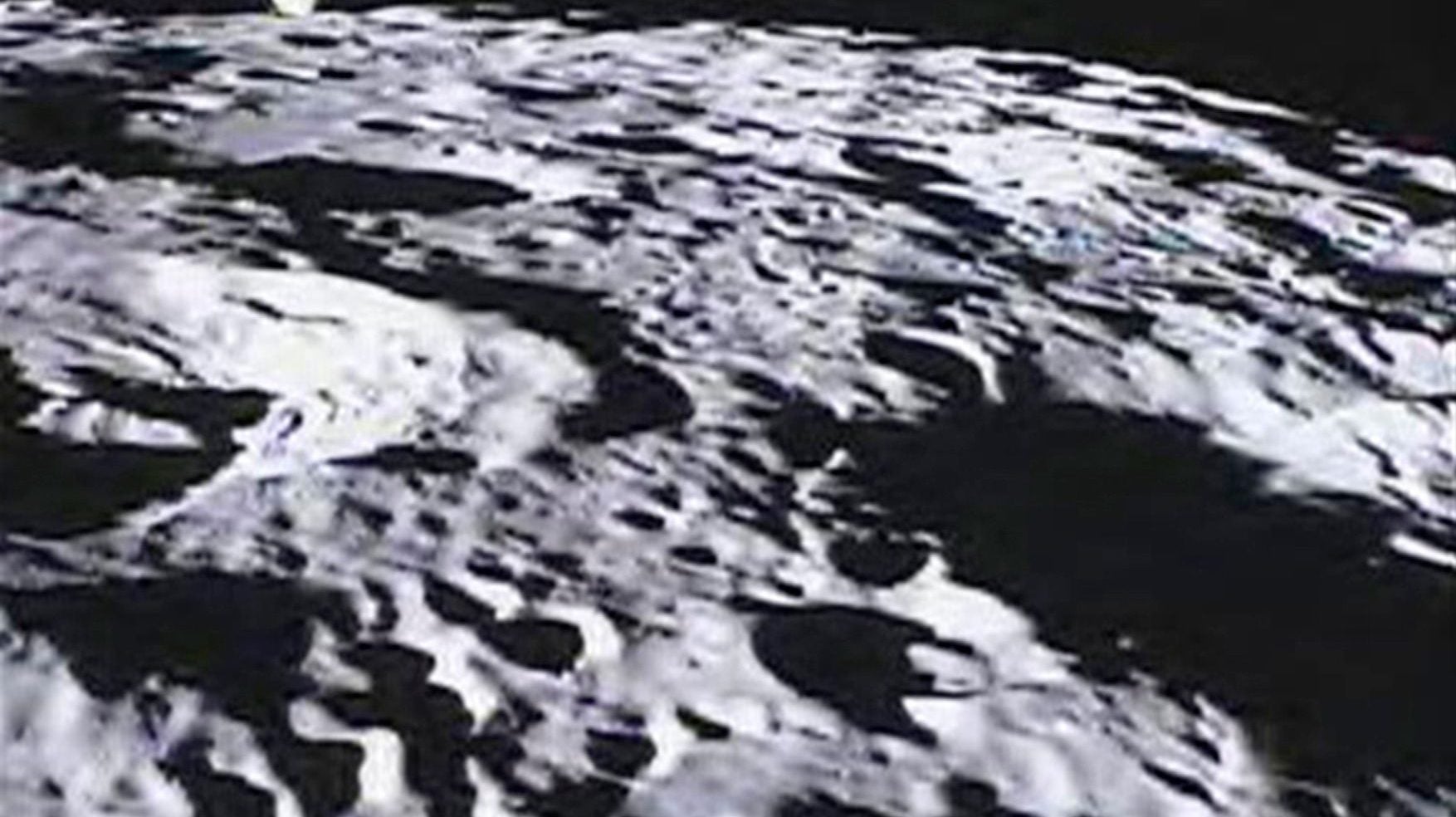The rover China’s going to put on the far side of the moon needs a name
To name its spacecraft, China often turns to folktales and mythical lovers. Now it’s inviting people all over the world to help name the rover (link in Chinese) it aims to land on the far side of the moon by the end of the year, a feat not yet achieved by any nation.


To name its spacecraft, China often turns to folktales and mythical lovers. Now it’s inviting people all over the world to help name the rover (link in Chinese) it aims to land on the far side of the moon by the end of the year, a feat not yet achieved by any nation.
The call for names came on Wednesday as China unveiled a model (link in Chinese) of the rover in Beijing. It marks another small step in China’s efforts to promote its space program—which has advanced despite being shut out of cooperation with NASA—to other nations as a hub of global cooperation.
The rover is part of a lunar exploration mission named Chang’e-4, in honor of the goddess who swallowed the elixir of life and flew to the moon to prevent an apprentice from taking the potion instead. (The Mid-Autumn festival, which falls next month—revolves around her separation from her heartbroken husband as a result of her spaceflight.)
Meanwhile, the relay communication satellite that will help the rover stay in touch with earth from the far side—a direct communication link isn’t possible—is called Queqiao. It’s named for the magpies in a Chinese folktale that help connect two parted lovers.
At the event in Beijing Wednesday, Wu Weiren, the chief engineer of China’s lunar exploration project, introduced the rover’s technical capabilities (link in Chinese). The 140-kilo (300 pounds) craft—lighter than many motorcycles—is similar in size to China’s former lunar rover. It will carry a radar with two different frequency bands, and the data sent back will allow scientists to create a sectional model of the far side of the moon. The rover is also carrying a neutral atom analyzer built by Chinese and Sweden scientists, a scientific instrument that the former lunar rover “Jade Rabbit,” named via a domestic online poll for the rabbit who lives with Chang’e on the moon, didn’t have, said Wu in an interview (link in Chinese) with state broadcaster CCTV.
The far side of the moon is hidden for people on earth because of a phenomenon called “tidal locking,”which means that earth’s gravity has slowed down the moon’s rotation to match its own, so the same side of the moon always faces earth. Until now, the far side has only been photographed by lunar probes from far away, and it shows the side is almost entirely craters. Given the lack of knowledge about that terrain, the lander of Chang’e-4 needs to be very good at navigating autonomously and looking for relatively flat terrain, said Wu in the interview.
If the mission is completed, China would be the first country in the world to achieve a soft landing on the far side of the moon.
“When you are the first country to land a probe on the far side of the moon, that says something about your science and technology, that says something about your industry,” Dean Cheng, an analyst of China’s space program at the Heritage Foundation think tank in Washington, DC, told the Atlantic last year.
Wu Yanhua, deputy chief of the National Space Administration has said China aims to be the among the world’s major space powers by 2030, according to CNN. If all goes as planned, China will be much closer to its goal by the end of this year.